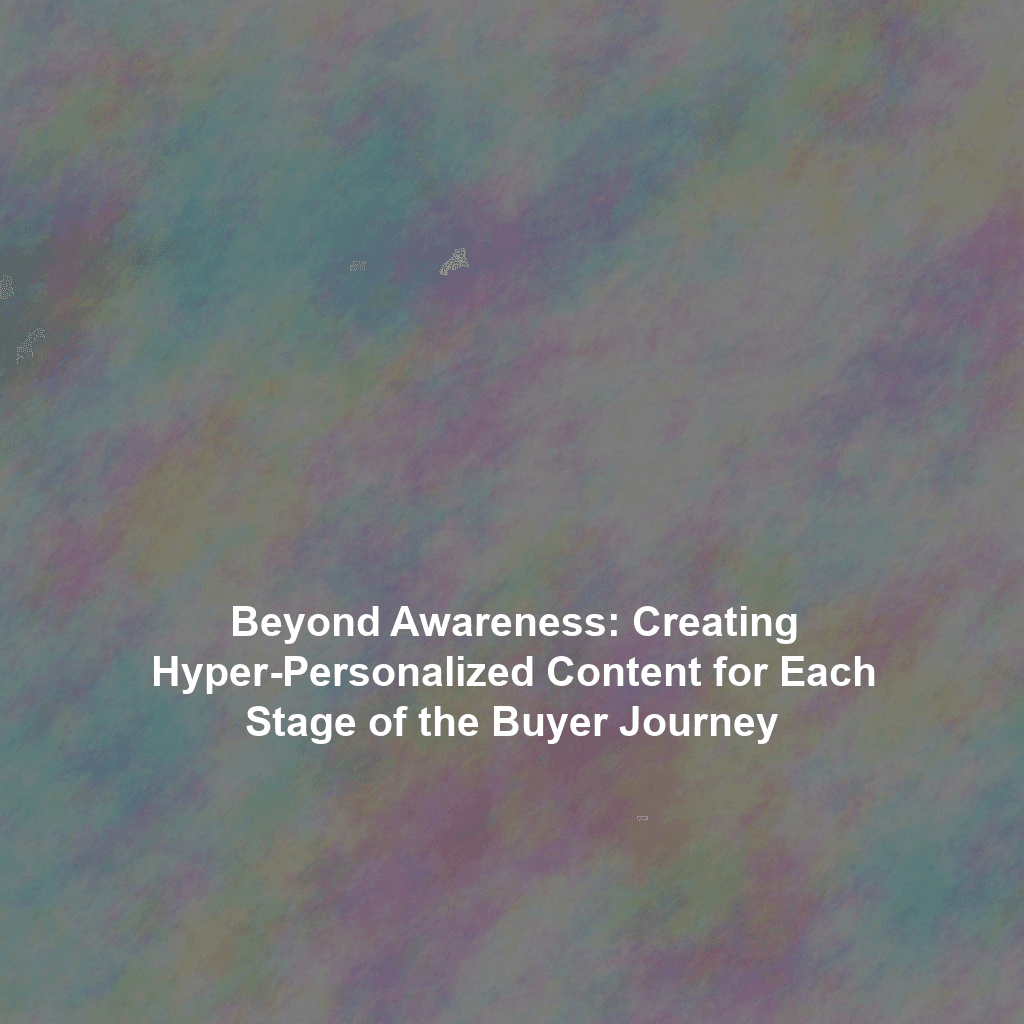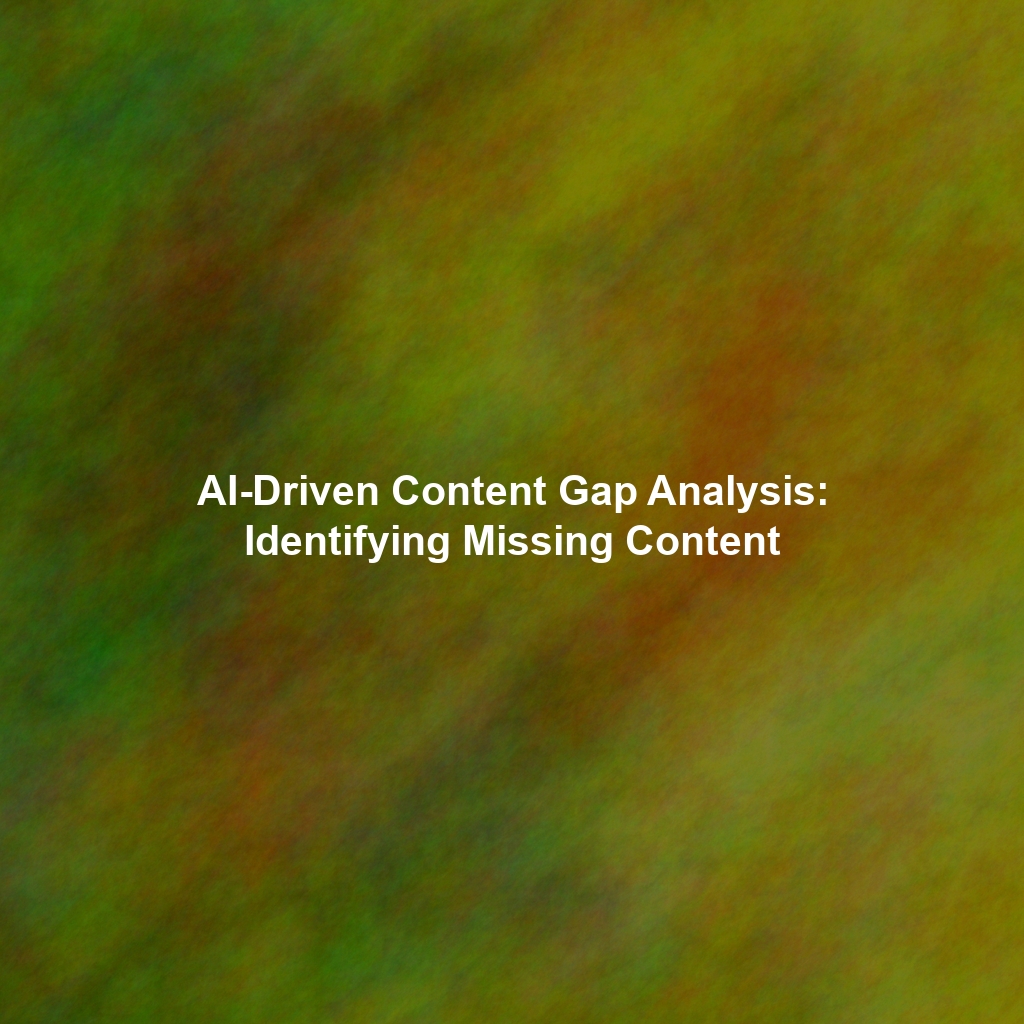In today’s digital landscape, generic marketing messages simply don’t cut it. Customers are bombarded with information, and they’re increasingly selective about what they pay attention to. To truly resonate with your audience and drive conversions, you need to go beyond basic awareness and create content experiences that are tailored to their specific needs and pain points at each stage of the buyer’s journey. This means understanding what questions they’re asking, what information they’re seeking, and how they prefer to consume it.
Understanding the Buyer Journey
The buyer journey is the process a potential customer goes through leading up to a purchase. While variations exist, it generally consists of three key stages:
- Awareness: The buyer realizes they have a problem or need.
- Consideration: The buyer defines their problem and researches potential solutions.
- Decision: The buyer chooses a solution and a vendor.
Let’s explore how to craft content for each stage:
Awareness Stage: Sparking Interest and Defining Problems
At this stage, the buyer isn’t necessarily looking for a specific product or service. They’re just becoming aware that they have a challenge they need to address. The goal of your content here is to educate and engage, establishing your brand as a helpful resource.
Content Formats for the Awareness Stage:
- Blog Posts: Create articles that address common pain points and offer general advice. Example: “5 Signs Your CRM is Holding You Back”
- Infographics: Present complex information in a visually appealing and easily digestible format. Example: “The Ultimate Guide to Lead Generation”
- Social Media Posts: Share informative content and engage in conversations relevant to your target audience.
- Ebooks and Whitepapers: Offer in-depth guides on topics relevant to their challenges. Example: “The Beginner’s Guide to Marketing Automation”
Example Scenario: A marketing manager is struggling to track ROI on their campaigns. An awareness-stage blog post titled “Is Your Marketing a Black Hole? How to Track ROI Effectively” could capture their attention. The post would discuss common challenges in tracking ROI and offer general tips and strategies without pushing a specific product.
Consideration Stage: Evaluating Solutions and Building Trust
Now the buyer understands their problem and is actively researching potential solutions. They’re comparing different options and looking for evidence that a particular solution can meet their needs. Your content should focus on showcasing your expertise and building trust.
Content Formats for the Consideration Stage:
- Case Studies: Highlight how your product or service has helped other businesses solve similar problems. Example: “How Company X Increased Sales by 30% Using Our Marketing Automation Platform”
- Webinars: Offer live presentations and Q&A sessions to demonstrate your knowledge and answer questions. Example: “Choosing the Right CRM for Your Business: A Comprehensive Guide”
- Comparison Guides: Provide objective comparisons of different solutions, including your own. Example: “CRM Comparison: Feature A vs. Feature B vs. Feature C” (Be fair and transparent!)
- Demo Videos: Showcase the features and benefits of your product or service in action.
Example Scenario: The marketing manager, after reading the blog post, is now considering marketing automation platforms. A case study detailing how a similar company used a specific platform to improve their ROI would be highly relevant. This builds credibility and shows tangible results.
Decision Stage: Sealing the Deal and Providing Assurance
At this stage, the buyer is ready to make a purchase. They’re looking for final reassurance and information to justify their decision. Your content should focus on removing any remaining doubts and making the buying process as easy as possible.
Content Formats for the Decision Stage:
- Product Demos and Free Trials: Allow potential customers to experience your product or service firsthand.
- Pricing Pages: Clearly outline your pricing plans and features.
- Customer Testimonials: Share positive reviews and testimonials from satisfied customers.
- FAQs: Answer common questions and address potential concerns.
- Detailed Product Documentation: Provide comprehensive information about your product’s features and functionality.
Example Scenario: The marketing manager has narrowed down their choices and is now comparing pricing and features. A free trial and a detailed comparison chart highlighting the advantages of your platform over competitors could be the deciding factor.
The Power of Personalization and Dynamic Content
While tailoring content to each stage of the buyer journey is crucial, taking it a step further with personalization can significantly boost engagement and conversions. This involves using data to understand individual customer preferences and delivering content that’s relevant to their specific needs.
Examples of Personalization:
- Dynamic Website Content: Display different content on your website based on a visitor’s location, industry, or past behavior.
- Personalized Email Marketing: Send targeted emails based on a subscriber’s interests, purchase history, or engagement with your website.
- Personalized Product Recommendations: Suggest products or services that are relevant to a customer’s past purchases or browsing history.
By leveraging personalization and dynamic content delivery, you can create a truly engaging and relevant experience for each individual buyer, leading to increased conversions and customer loyalty.
Conclusion: The Key to Effective Marketing Lies in Understanding Your Audience
Creating hyper-personalized content for each stage of the buyer journey is no longer a luxury – it’s a necessity. By understanding your audience’s needs and pain points, and tailoring your content to address them at each stage, you can build stronger relationships, drive more conversions, and ultimately achieve your business goals. Embrace the power of personalization and dynamic content to create truly engaging and relevant experiences for every buyer.
 Skip to content
Skip to content

